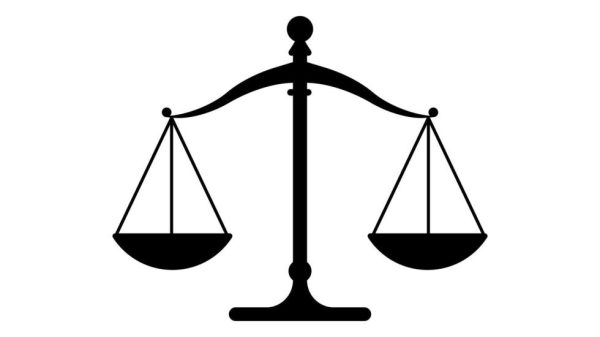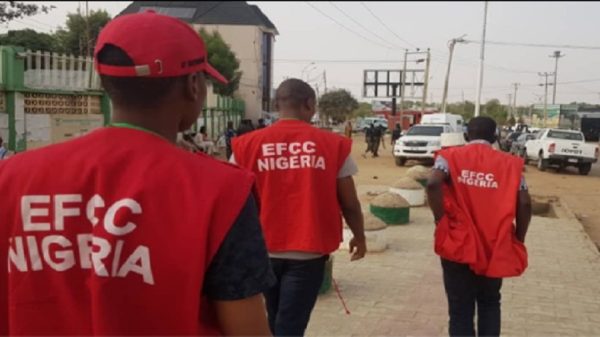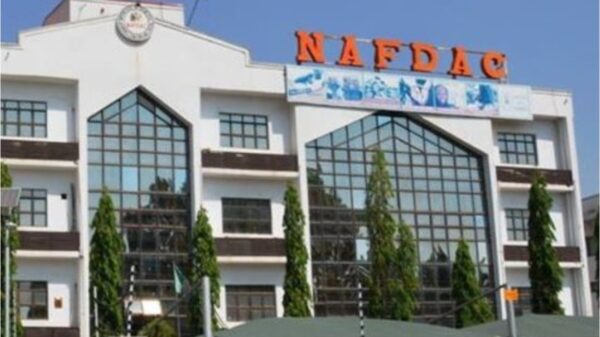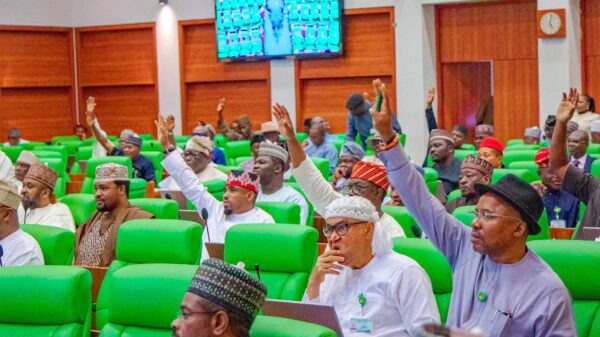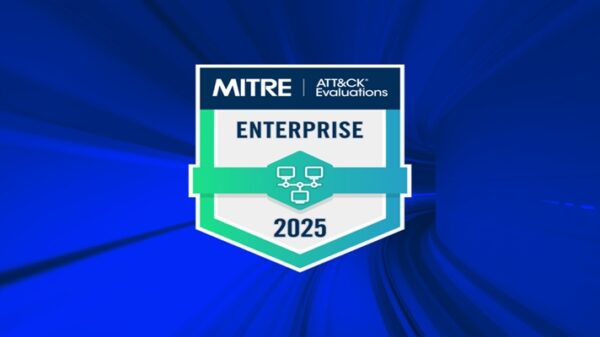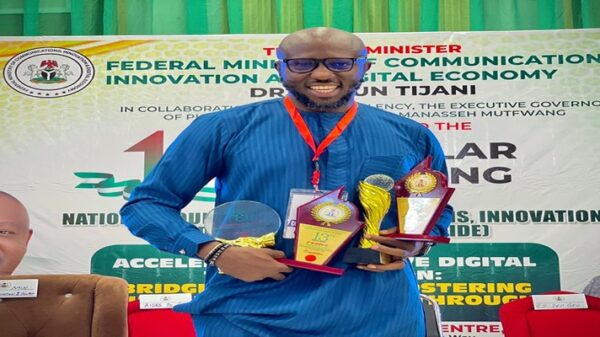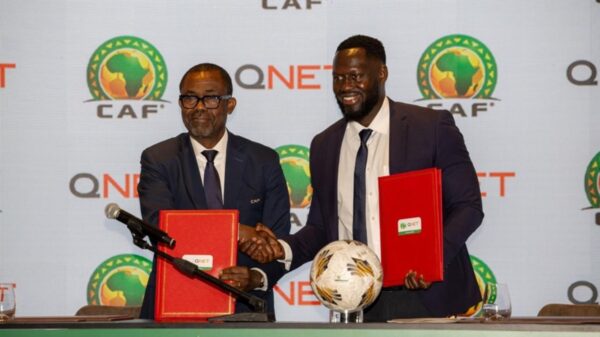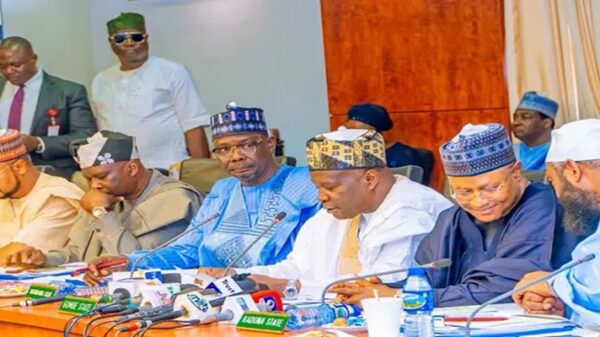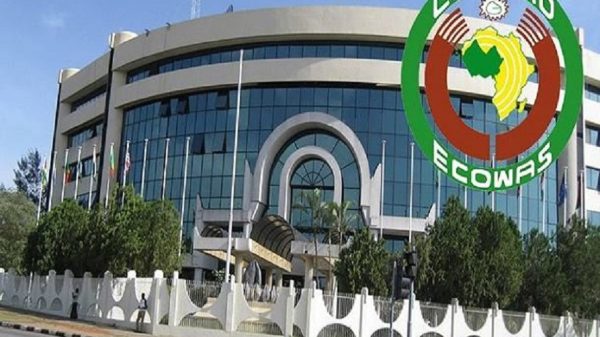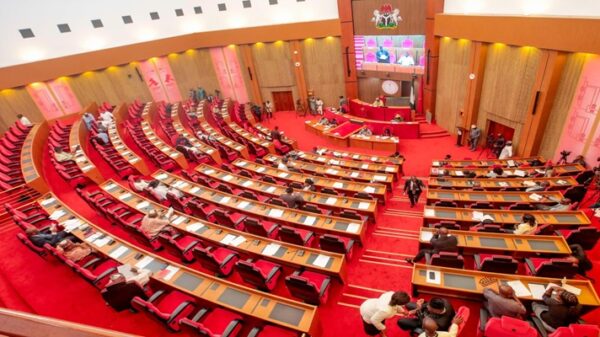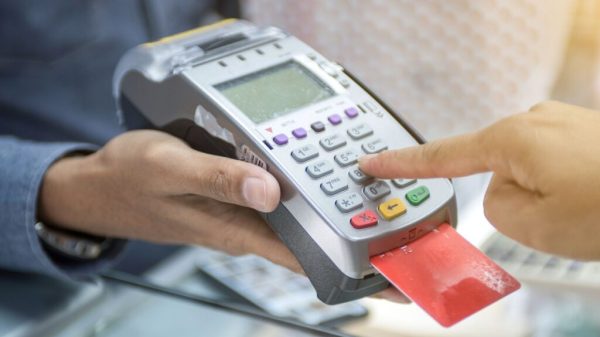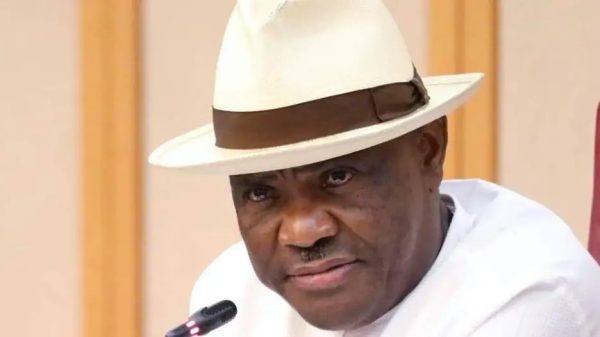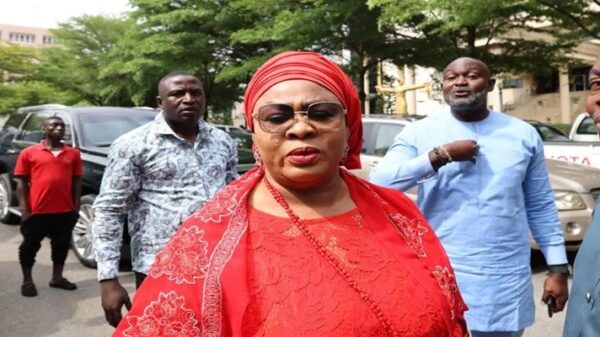UN Secretary-General António Guterres has said innovative measures to tackle debt are needed to help the world’s more than 100 middle-income countries grow their economies and come out of the COVID-19 pandemic .
Guterres told the General Assembly at UN headquarters in New York on Thursday at a high-level meeting on those countries.
Middle-income countries make up more than half of the 193 UN member states, he said, highlighting the need for funding to help them recover from the global crisis.
He said middle-income countries should have their debts suspended until 2022 to deal with the social and economic impact of the coronavirus.
Many were already grappling with mounting debt before the pandemic, which only made matters worse.
“In small island states, for example, the collapse of tourism has severely hampered their ability to repay debts.
“And while the global response to the debt crisis rightly tries to support low-income countries, middle-income countries must not be left behind,” he said.
According to him, diversity defines the world’s middle-income countries, which were already home to some 62% of the world’s poor before the pandemic.
“The list includes India, which has more than a billion people, and Palau, an archipelago on the Pacific Island with less than 20,000 inhabitants.
“Besides the size of the population, these countries also vary in terms of economic activity, geography and per capita income levels, which range from $ 1,000 to $ 12,000 per year, meaning they often exceed per capita income thresholds for debt relief, “he said.
Guterres stressed the need for better mechanisms and international cooperation to deal with what he called rising and unsustainable levels of debt.
“Even if these countries manage to avoid default, they will see lasting limits on government spending critical for various development and climate goals in the years to come,” he warned.
He stressed the need for a “new debt mechanism” that would include debt swaps, buybacks and cancellations.
“Now is the time to tackle the long-standing weaknesses of the international debt architecture, ranging from the lack of agreed principles to restructuring that brings too little relief, too late.
“Innovative instruments for debt restructuring and significant debt reduction can help middle-income countries expand their fiscal space to stimulate investment and guide a resilient and sustainable recovery from the crisis,” said Guterres.
In March, the Secretary-General called a meeting of world leaders to strengthen support for action to avert the debt crisis in developing countries.
The UN chief was encouraged by the growing recognition of the need for new Special Drawing Rights (SDRs), a type of foreign exchange reserve asset developed by the International Monetary Fund (IMF).
However, he said unused SDRs must be reallocated to support vulnerable countries, including middle-income countries.
Last year, the major G20 economies announced a debt service suspension initiative, which allowed the world’s poorest countries to temporarily suspend bilateral credit payments.
The secretary-general said the measure should be extended until 2022 and “made available to heavily indebted and vulnerable middle-income countries that request it.” (NAN)
![]()

